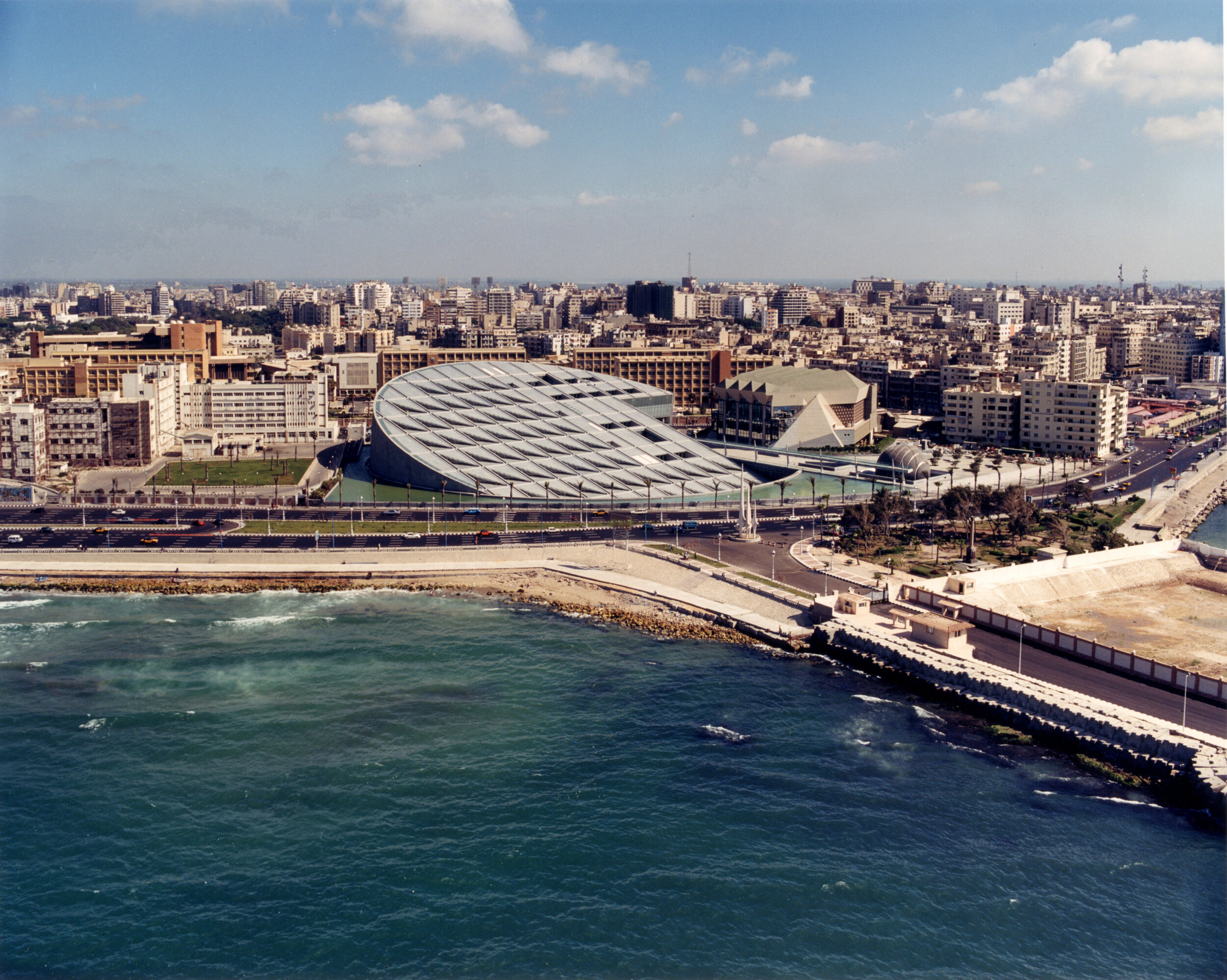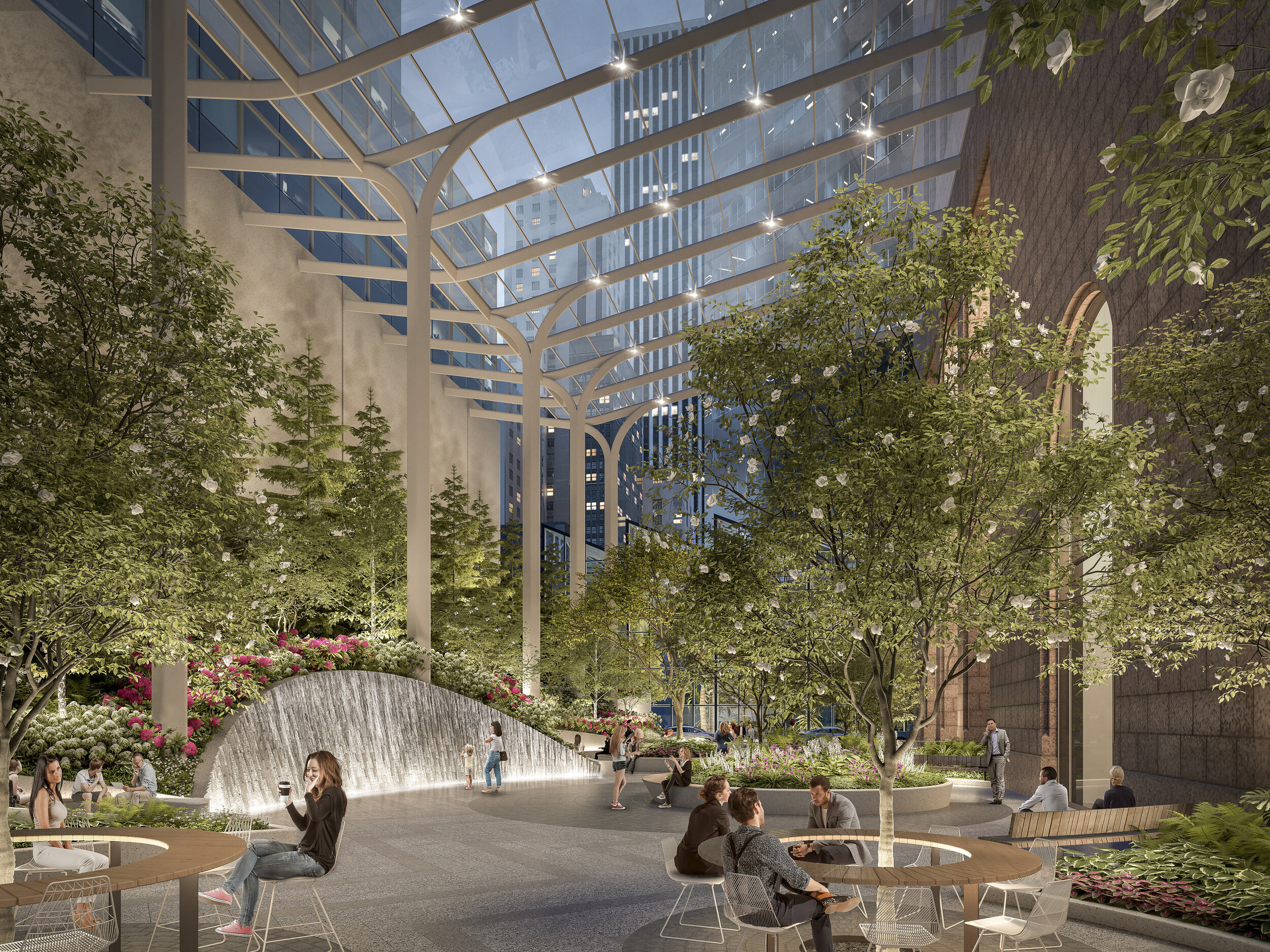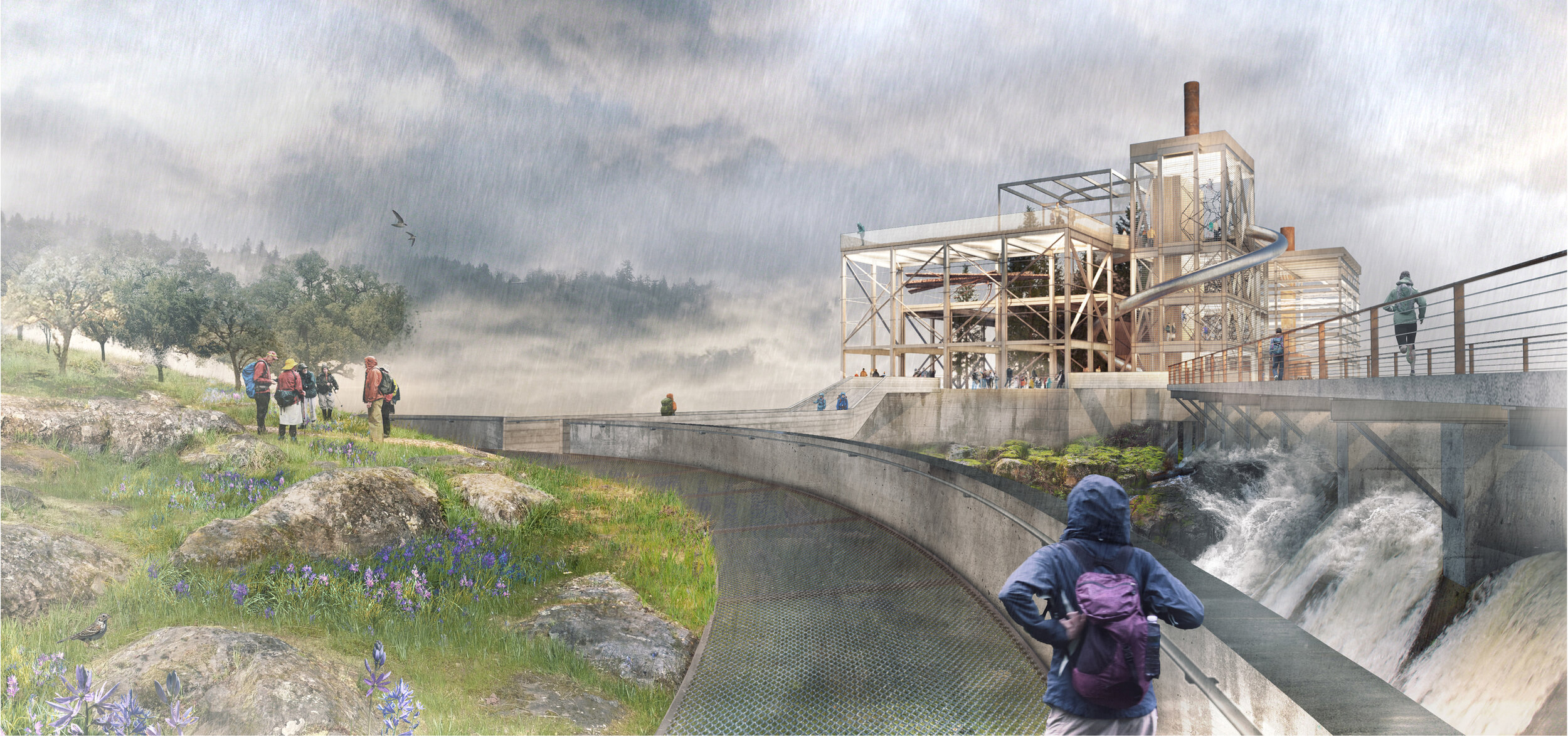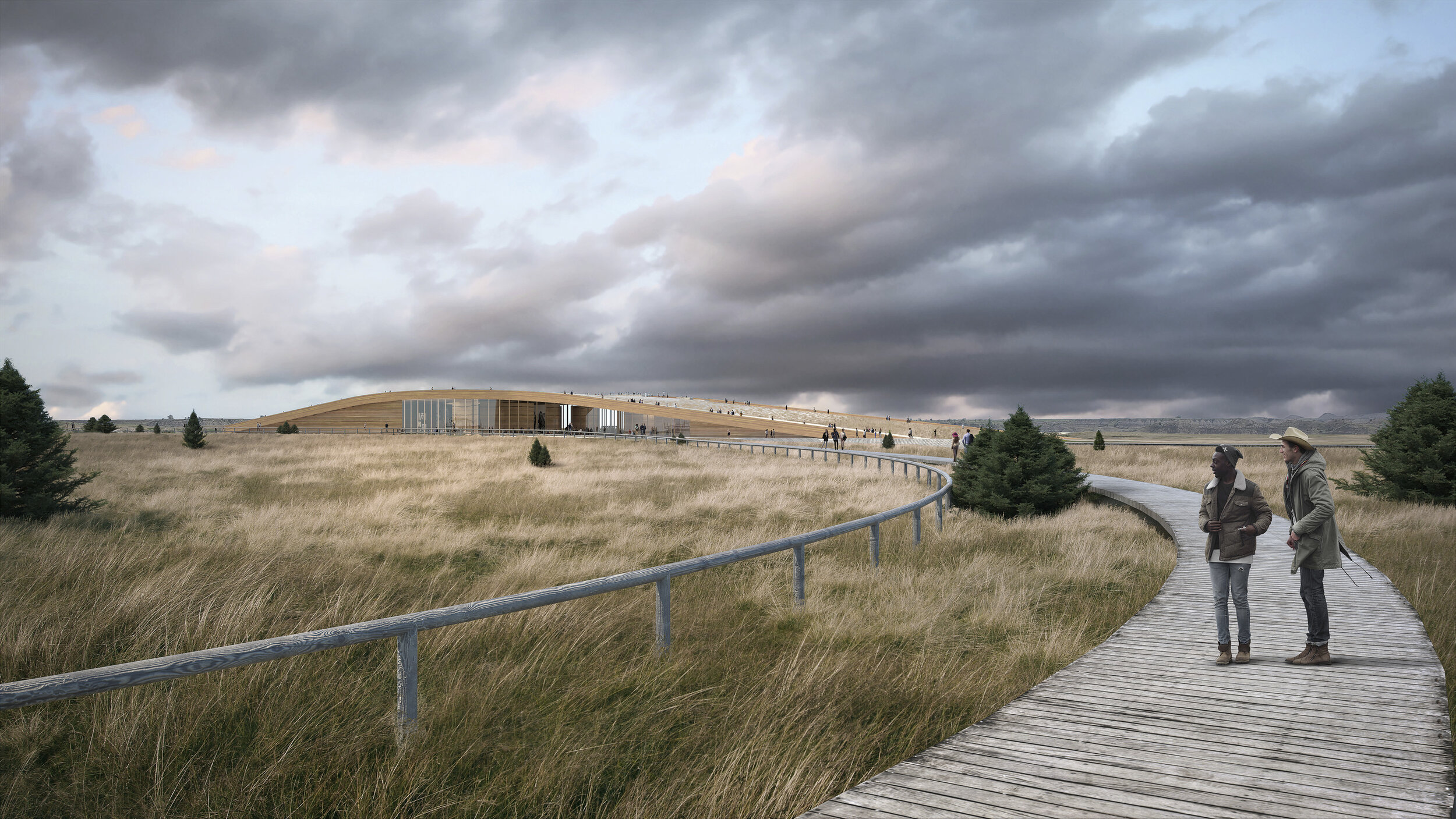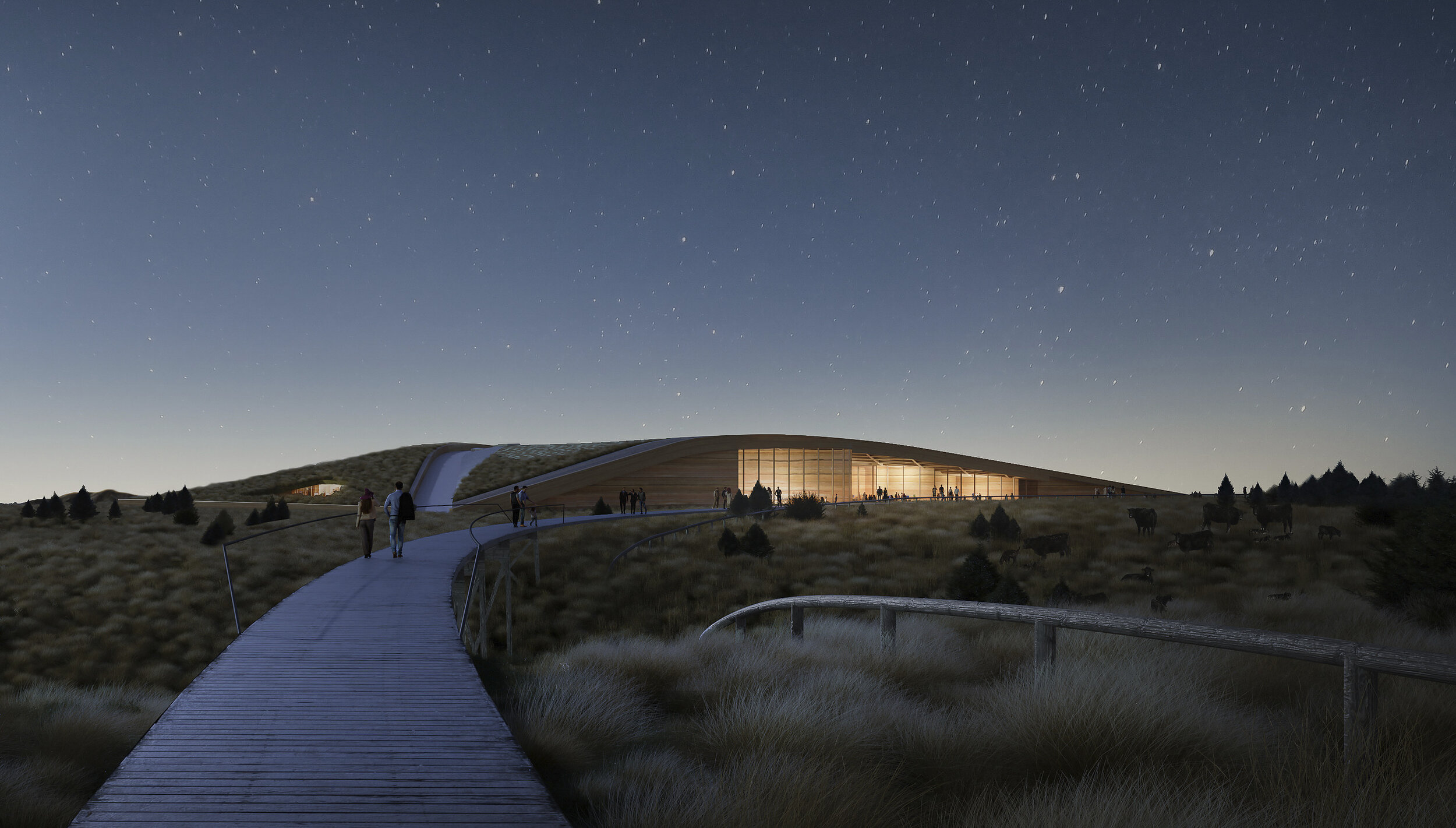#219 - CRAIG DYKERS, Co-Founder of Snøhetta on Architecture, Segregation, and His Design Philosophy
SUMMARY
This week Craig Dykers, Co-Founder of Snøhetta joins David and Marina of FAME Architecture & Design to discuss how architecture can cause both segregation and innovation in offices and in the U.S. Capitol; having meaningful dialogue with non-architects; the messiness of life; creating beautiful architecture that aids the larger society; the struggle for equality; a brief history of the contemporary profession of architecture and its current state; relying on theory in architecture; and more. Enjoy!
ABOUT CRAIG
Craig Dykers co-founded Snøhetta, an integrated architecture, landscape architecture and design company in 1989. The studio focuses on well-being, biodiversity, sustainability, and empowering the communities where they work. Dykers has led many prominent projects including the Alexandria Library in Egypt, the Oslo Opera in Norway, the San Francisco Museum of Modern Art, and the redesign of Times Square in New York City. Recent projects underway include the El Paso Children’s Museum, Theodore Roosevelt Presidential Library, the Ford Motor Company Research Campus, and the Joslyn Art Museum, among many other projects nationally and internationally. The studio has received numerous recognitions, including the Cooper Hewitt’s 2020 National Design Award for Architecture, the Aga Kahn Award for Architecture, and the Mies van der Rohe Award. The practice has been recognized among the top ten most innovative companies in the world by the Wall Street Journal and Fast Company magazine. Throughout this, there remains a deep-seated interest in building an intimate relationship with people and places as a source for inspiration.
Craig has served as a Diploma Adjudicator at the Architectural College in Oslo and in recent years has been a Visiting Professor at Syracuse University, Cornell University, Parsons and Washington University in St. Louis. He has lectured extensively throughout Europe, Asia, and the Americas, and was awarded the William A. Bernoudy Designer in Residence at the American Academy in Rome in Autumn 2014. He is an Honorary Fellow of the Royal Institute of British Architects, a Fellow of the Royal Society of Arts and Manufacturers, a LEED accredited professional, and a member of the American and Norwegian Institutes of Architects. Craig is a graduate of the UT Austin School of Architecture and a Universtity of Texas Outstanding Ex, 2002.
HIGHLIGHTS
TIMESTAMPS
(00:00) The office space of Snøhetta.
(04:24) The social segregation that occurs in government institutions as the result of space-planning and architecture.
When I was very young I went to the capital building like many young children do. I think I was 10 years old. We went there and it was a magical experience—this beautiful building, once again it’s the architecture, it just draws you to it’s magnificence in many ways. When you walk into the rotunda and you stand there, there’s this beautiful vertical space that’s powerful and inspiring. And over the top of the dome is a beautiful painting with an opening to the sky, between the clouds. If you stood in the center of the rotunda which was allowed at the time, you could stand directly under the clouds. At the moment, as a ten year old, I realized that I am the only person standing directly in the middle of the senate, the house, and the supreme court. It was me. Just me. […] That feeling is the essence of democracy. I went back years later and they roped off the whole rotunda. And they make senators walk on different sides of ropes and pass around in ways so that you don’t have to actually physically interact with each other as you cross through only place that’s meant to join us together. And that hit me as incredibly powerful. (09:25)
(16:13) Conveying the power of architecture to clients and other non-architects and the economics of building.
All things in the economy that we live in have to be stabilized from an economic viewpoint and this tends to be the underlying challenge of a capitalist democracy. […] The economic platforms build off of one another and they can get out of balance. So in other words, you build financial sustainability for one group at the expense of another. Is that sustainable? No. It’s sustainable in a small frame, but not in the larger frame. So trying to get things more in line with one another, knowing that some people take more risk that others, therefore their profit will likely be greater, but not at the expense of those who support that profit. So we try to show various ways within a project how these kinds of ideas that we’re putting forward help build a stronger economic platform both within the project life and after the building is built. What kind of return they are getting out of it. And if you can talk about that in a natural way, people will be brought along, otherwise they’re going to feel threatened. (20:08)
(29:40) A brief history of the evolution of the profession of architecture.
The architects by this time had created such a strong academic world they were coming from. Schools of architecture were growing everywhere, professors were everywhere, teaching of architecture just exploded. And we built this academic theoretical world for ourselves where our language was mutated from the language we used to speak into a kind of jargon that only architects could understand. (32:45)
(37:07) The current and future state of architecture.
We’re entering a world where one hopes that things like botany, ecology, science of these worlds, better understating of nature and geology, and the sciences of material and energy become more than just things that architects talk about to make themselves feel good. (37:07)
The messiness of life and the perfection that architects often seek.
The challenge is that many people, many critics for example, don’t want messiness. They want perfection, they want beauty that is beyond perfection. They want photographs without people in them to make things look spectacular ten seconds after they’re built. They want neatly tied up theories that package everything into a very clearly defined manifesto We are still clinging to the previous sense of modernism that dictated the power of the architect. (40:34)
(47:20) The privilege of being an architect and his criticism of much of architectural theory.
(01:01:25) Masterplanning and urban planning and data-drive design.
(01:10:49) Building cultural bridges, knowing one’s weaknesses, and teaching.
(01:16:20) Collaborating with people of other professions.
(01:24:14) Concepts in architecture.
(01:32:20) The importance of understanding people.
If you want to make architecture, you have to understand people. That is your job. Number One. Then understanding that and what supports life, which is the environment because you can’t have people without the environment to support them, and that means both natural and the artificial. But our goal is, we exist, as architects to understand the complexities and nuances of human nature. (01:33:02)
(01:39:30) Having productive discourse in the office.
(01:48:40) Common qualities he sees in younger architects, social justice, and his personal background.









